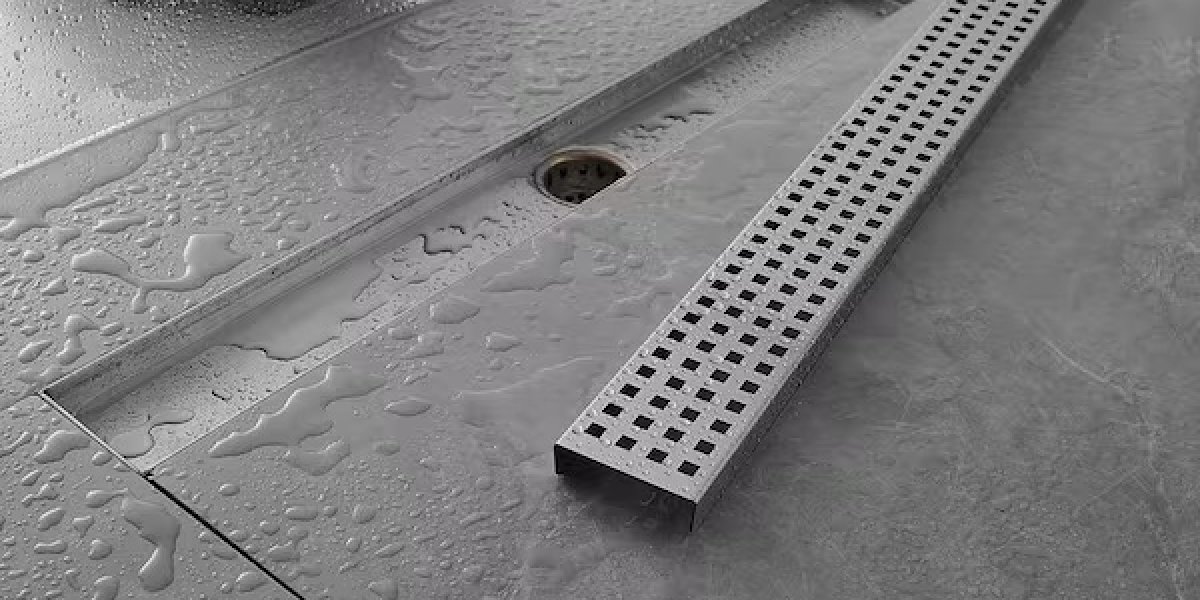Analyzing the competitive landscape of any major technology sector requires a deep dive into its distribution of influence and revenue. In the HFC ecosystem, the Hybrid Fiber Coaxial Network Market Share is best understood by examining two distinct but interconnected arenas: the service provider side and the equipment vendor side. On the service provider front, market share is dominated by a few large multiple-system operators (MSOs), particularly in North America. Companies like Comcast (Xfinity) and Charter Communications (Spectrum) command a massive share of the residential broadband market, built upon their extensive HFC networks. Similarly, in Europe, giants like Liberty Global hold significant sway. These operators' strategic decisions on when and how to upgrade their networks directly dictate the flow of capital and thus shape the opportunities available to technology vendors, making their dominance a defining feature of the market.
On the equipment vendor side, the market share is a battleground for a handful of specialized technology companies. The market for core headend equipment, specifically the critical Converged Cable Access Platform (CCAP) and its virtualized successor (vCCAP), is highly concentrated. Industry stalwarts such as CommScope (following its acquisition of Arris) and Cisco have historically held dominant positions, with their platforms powering a vast majority of HFC networks globally. However, the landscape is evolving, with companies like Nokia and Casa Systems challenging the incumbents with innovative and often more flexible, software-defined solutions. This competition is fierce, as securing a contract with a major MSO for a CCAP deployment represents a massive and long-term revenue stream, making market share gains in this segment highly coveted and hard-fought.
The distribution of market share extends beyond the headend to the various components that comprise the rest of the HFC plant. In the realm of optical nodes, amplifiers, and other radio frequency (RF) equipment, the competitive field broadens slightly, but leaders like CommScope and Teleste still command significant portions of the market. These components are critical for network performance, and their replacement or augmentation is a key part of every upgrade cycle. Similarly, the market for customer premises equipment (CPE), primarily cable modems, is another key battleground. While operators often source modems from multiple vendors like Arris (CommScope), Netgear, and Technicolor to ensure supply chain diversity and competitive pricing, a few key players consistently lead in terms of volume and technological innovation, especially when new DOCSIS standards are introduced.
Future shifts in market share will likely be driven by the transition to next-generation HFC architectures. The move towards Distributed Access Architectures (DAA), for example, is disrupting the traditional, centralized CCAP model. This opens the door for new and existing players to gain share by offering superior Remote PHY Devices (RPDs) or Remote MAC-PHY solutions. Vendors who can provide a smooth, scalable, and cost-effective migration path to DOCSIS 4.0 and DAA will be best positioned to capture a larger piece of the market. The ability to integrate seamlessly with software-defined networking (SDN) and network functions virtualization (NFV) will also be a key differentiator, as operators seek more agile and automated network management. Thus, while currently concentrated, the HFC market share is dynamic and subject to disruption by technological innovation.








